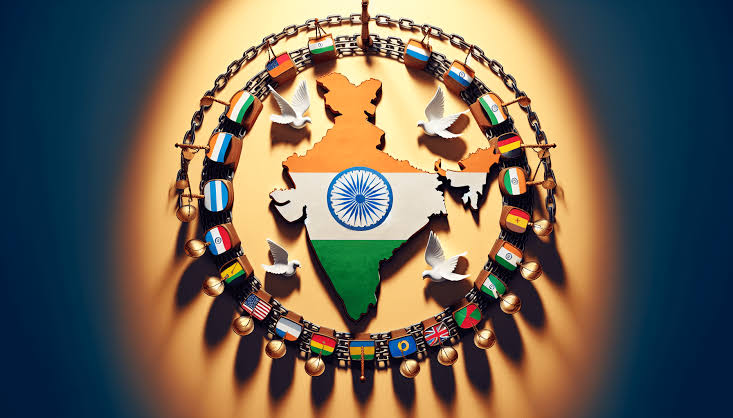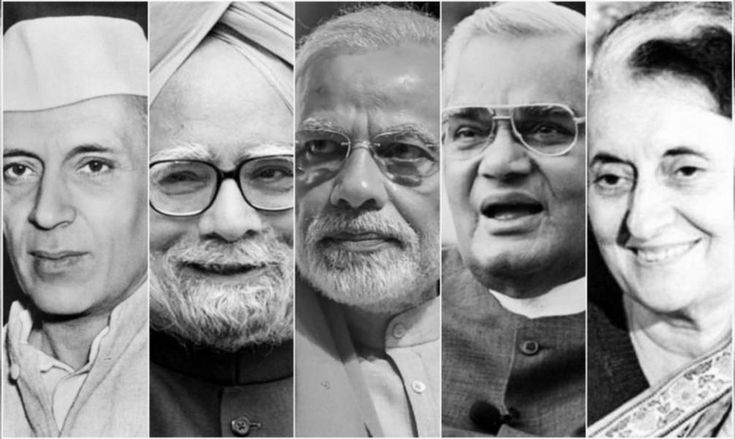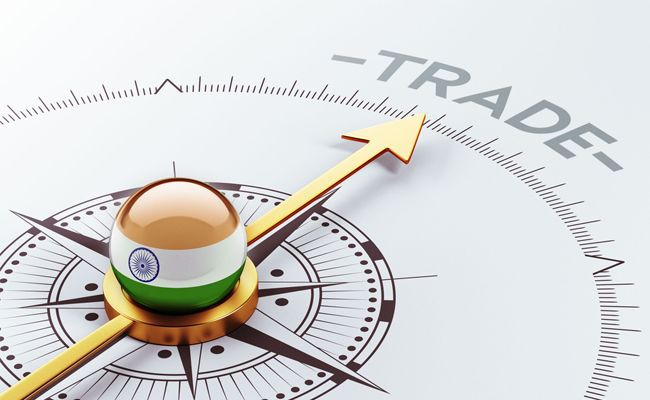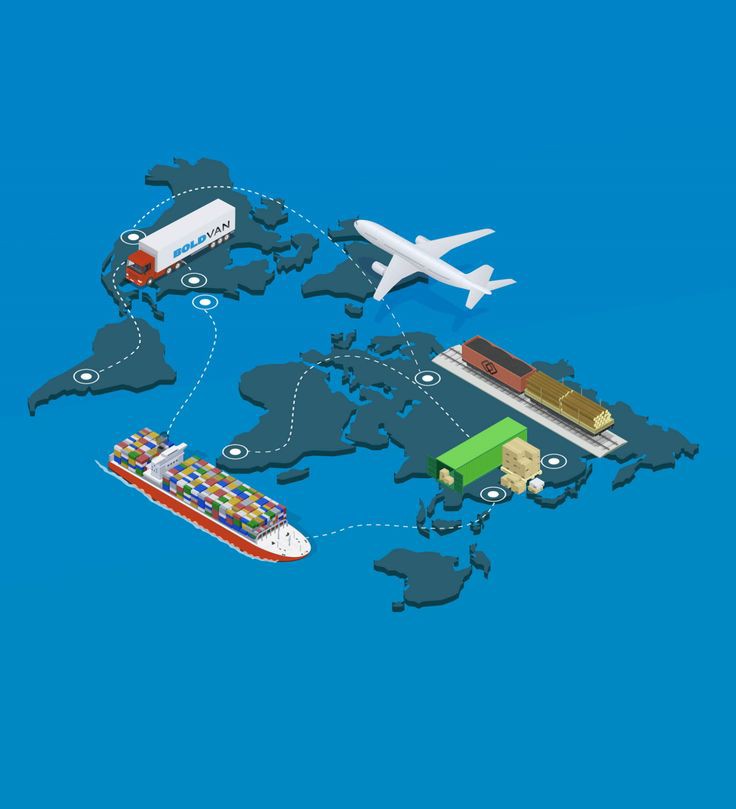Indian foreign policy has always been a subject of keen interest for scholars and policymakers alike. Understanding the intricacies of Indian foreign policy is crucial for comprehending how India interacts with the global community. This blog post will delve into the historical context, present scenario, and future directions of Indian foreign policy, shedding light on the key personalities who have shaped its course.

Historical Context of Indian Foreign Policy
Table of Contents
TogglePre-Independence Foreign Relations
Before gaining independence in 1947, India’s foreign interactions were heavily influenced by British colonial rule. The Indian National Congress and early leaders played significant roles in international movements, laying the groundwork for an independent foreign policy. This period saw limited foreign interactions, primarily under the colonial administration’s directives.
Post-Independence Era
Jawaharlal Nehru’s Vision:
As India’s first Prime Minister, Nehru was instrumental in formulating the foundational principles of Indian foreign policy. He championed the Non-Alignment Movement (NAM), which aimed to maintain India’s independence from the polarized Cold War politics. Nehru’s Panchsheel Principles, focusing on mutual respect and non-aggression, were pivotal in defining India’s diplomatic approach.The Indo-China War of 1962 marked a significant turning point, highlighting the need for a robust defense policy. This conflict exposed vulnerabilities and prompted a reevaluation of foreign policy strategies. Similarly, the Indo-Pak Wars of 1947-48, 1965, and 1971 were crucial in shaping India’s defense and diplomatic stances. The 1971 war, in particular, led to the creation of Bangladesh and showcased India’s growing regional influence.
Cold War Dynamics
During the Cold War, India’s foreign policy saw a tilt towards the Soviet Union, primarily due to mutual strategic interests. Despite this, India maintained a stance of strategic neutrality, avoiding full alignment with either the Western or Eastern blocs.
Economic Liberalization and Post-Cold War Era
The economic reforms of 1991 were a watershed moment, marking India’s shift towards a globalized economy. This period saw the inception of the Look East Policy, aimed at strengthening economic and strategic ties with Southeast Asian nations. Post-Cold War, Indo-US relations underwent significant transformation, culminating in strategic partnerships and economic collaborations.The nuclear tests in 1998 brought international sanctions, yet India’s subsequent diplomacy effectively navigated these challenges. This period marked India’s assertion of its strategic autonomy and resilience in the face of global pressures.

Doctrine of Indian Foreign Policy
The doctrine of Indian foreign policy encompasses several key principles and strategic approaches that have guided India’s interactions on the global stage. These doctrines, evolving over time, reflect India’s core values, geopolitical interests, and responses to changing international dynamics.
1.Non-Alignment Doctrine:
Lorem ipsum dolor sit amet, consectetur adipiscing elit. Ut elit tellus, luctus nec ullamcorper mattis, pulvinar dapibus leo.Introduced by Jawaharlal Nehru, the Non-Alignment Doctrine aimed to keep India independent from the two major power blocs during the Cold War.Principles: Emphasized sovereign equality, mutual non-aggression, non-interference in internal affairs, and peaceful coexistence.
2.Panchsheel Principles:
Mutual respect for each other’s territorial integrity and sovereignty, mutual non-aggression, mutual non-interference, equality and mutual benefit, and peaceful coexistence.Application: These principles have been the bedrock of India’s bilateral relations, particularly with China and other neighboring countries.
3.Gujral Doctrine
Named after Prime Minister I.K. Gujral, this doctrine focused on improving relations with India’s neighbors without expecting reciprocity.Key Tenets: Emphasized non-reciprocal accommodation to enhance trust and cooperation with smaller South Asian nations.
4.Look East/Act East Policy:
Initially introduced as the Look East Policy in the early 1990s, it was later rebranded as the Act East Policy under Narendra Modi’s government.Focus: Strengthened economic and strategic relations with Southeast Asian nations and broader engagement with the Asia-Pacific region.
5.Neighborhood First Policy:
Prioritizes strengthening ties with neighboring countries to ensure regional stability and development.Implementation: Involves diplomatic, economic, and infrastructural initiatives to foster good relations and cooperation.
6.Strategic Autonomy:
Ensures that India maintains the flexibility to make independent foreign policy decisions without being tied to any major power bloc.Modern Application: Balances relationships with major powers like the US, Russia, and China while pursuing India’s national interests.
7.Energy Security and Economic Diplomacy:
Recognizes the need for stable energy supplies and robust economic ties to support India’s development goals.Approach: Engages with energy-rich countries and participates in global economic forums to secure resources and enhance trade.

Present Scenario of Indian Foreign Policy
Neighborhood First Policy
India’s Neighborhood First Policy underscores the importance of fostering strong relations with neighboring countries. This approach has seen mixed success, with significant achievements and ongoing challenges in regional diplomacy.
Act East Policy
The Act East Policy has been a cornerstone of India’s engagement with ASEAN countries and the broader Indo-Pacific region. Strategic partnerships and economic collaborations have been pivotal in this context, enhancing India’s influence in the region.
Relations with Major Powers
- United States: The Indo-US relationship has evolved into a robust strategic and defense partnership. Economic and technological collaborations continue to be key areas of focus, underscoring the mutual benefits of this bilateral relationship.
- China: India’s relations with China are characterized by complexity, marked by border disputes and economic interdependence. Navigating this dynamic remains a critical aspect of Indian foreign policy.
- Russia: Historical ties with Russia have been a constant, particularly in defense collaborations. Balancing relations with Russia amid global tensions is a nuanced challenge for India.
- Middle East and Africa: RelationsIndia’s engagement with the Middle East and African nations is driven by energy security and trade interests. Diplomatic efforts in these regions have bolstered economic ties and strategic partnerships.
Challenges and Opportunities
- Geopolitical Challenges :India faces significant geopolitical challenges, particularly with border disputes involving China and Pakistan. Regional stability and counter-terrorism efforts are critical components of its foreign policy.
- Economic Challenges :Trade imbalances and the need for technological advancements are pressing economic challenges. Addressing these issues requires strategic economic diplomacy and international partnerships.
- Opportunities :Expanding global influence presents numerous opportunities for India. Economic growth, leadership in global initiatives (such as climate change and the digital economy), and strengthening strategic ties are key areas of focus.

Future Directions of Indian Foreign Policy
- Strengthening Regional Ties: enhancing cooperation with neighboring countries and focusing on South Asia’s stability and development will be crucial. Strengthening regional ties will fortify India’s position as a regional leader.
- Global Leadership and Multilateralism: India’s increasing role in global governance and leadership in initiatives like climate action and sustainable development will shape its future foreign policy. Active participation in multilateral forums will enhance India’s global standing.
- Technological and Economic Diplomacy: promoting innovation and digital partnerships will be pivotal for India’s economic diplomacy. Strengthening economic ties with both developed and developing nations will ensure balanced growth.
- Defense and Strategic Partnerships : modernizing defense capabilities and deepening strategic ties with major powers and regional allies will remain a priority. These efforts will enhance India’s security and global strategic positioning.
Conclusion
In summary, the evolution of Indian foreign policy reflects a journey of resilience, strategic thinking, and adaptability. From the foundational principles laid by Nehru to the dynamic engagements of the present day, India’s foreign policy continues to shape its global interactions. Understanding this evolution is crucial for appreciating India’s role on the world stage.
FAQs
1.What is India’s Non-Alignment Movement? India’s Non-Alignment Movement (NAM) was a diplomatic initiative aimed at maintaining independence from the polarized Cold War politics. It emphasized mutual respect and non-aggression in international relations.
2. How has economic liberalization impacted India’s foreign policy? The economic reforms of 1991 marked a shift towards a globalized economy, leading to enhanced international trade and strategic partnerships.
3.What are the key challenges in India’s foreign relations with China? India’s relations with China are marked by border disputes and economic interdependence, posing significant geopolitical challenges.
4.How does India engage with global institutions? India actively participates in global institutions like the United Nations and forums such as BRICS and G20, reflecting its commitment to multilateralism

References :
1. Phases of Indian Foreign – This article outlines the key phases of Indian foreign policy since independence and provides an overview of the major shifts and milestones.
2. India’s Foreign Policy Evolution– This piece from The Diplomat discusses the evolution of India’s foreign policy and the strategic outlook shaping its current and future directions.
3. India’s Foreign Policy Challenges – This analysis from Carnegie India examines the contemporary challenges facing India’s foreign policy and the strategic choices being made.
4. [India’s Foreign Policy Overview]– Brookings provides an overview of India’s foreign policy, emphasizing the significance of the U.S.-India partnership and other key relationships.
5. [Historical Context and Present Scenario of India’s Foreign Policy] – This JSTOR article delves into the historical context of India’s foreign policy, exploring its foundational principles and current trajectory.
These sources will help you comprehensively cover the historical, present, and future aspects of India’s foreign policy, as well as the influential personalities shaping it.
